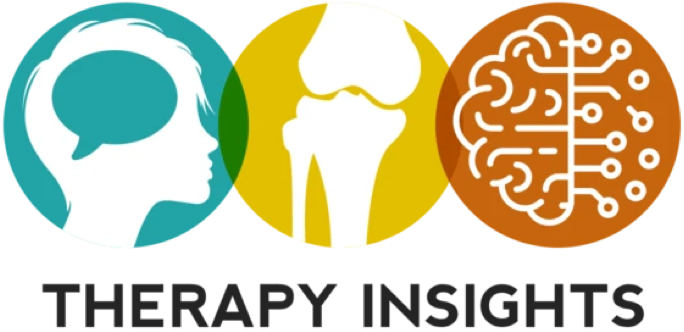Managing Long Distance Contact with Loved Ones in Medical Facilities
December 29, 2021 by Megan Berg.
This handout for family and loved ones gives ideas for connecting with your loved one from afar during times of COVID-19, physical distancing, or over long distances.
